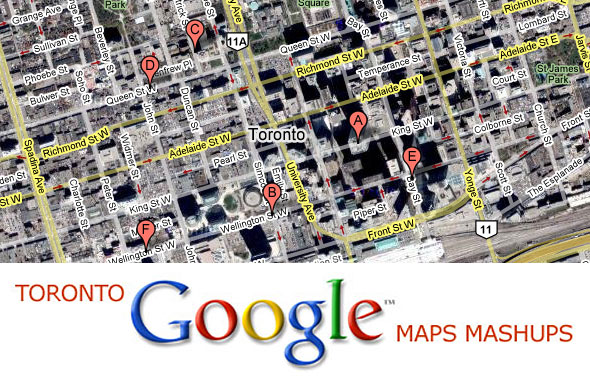
Today it’s impossible not to be in the know… Information is all around us, and we are diverged in it whether we say we are or not, whether we like it or not. Simply walking down the street there are advertisements and billboards everywhere: in the subways, on buses, on streetcars, on the sides of buildings, in stores, in newspapers, magazines, everywhere!
One might say these are the classic, traditional and old school ways of communicating brand messages to consumers. This is not to say it isn’t an effective means of communication, but there’s a new kid on the block… say hello to PR 2.0.
(Insert superhero theme song of your choice here and continue to play throughout the duration of blog entry)
Deirdre Breakenridge states PR 2.0 puts the “public” back in public relations. What does that mean?
PR 2.0 should be public relations best friend. It’s about PR embracing and making use of social media. It’s all about connecting with the consumer, creating a two-way channel, making communication and feedback possible. It’s also about getting a loyal following. Brands should take advantage of these new, non-traditional means of communication. This is important nowadays for a successful brand. Take note, the more traditional means of connecting to the consumer mentioned above is very much one-way.
How are many brands closely connecting with the consumer nowadays? Through the use of the WORLD WIDE WEB, aka the INTERNET or Web 2.0. Everyone uses it and everything is on it, meaning that people are constantly connecting and talking, sharing, reading and learning about things. One can access information on pretty much every topic imaginable. This is where it gets prickly. This is both positive and negative for the PR world.
POSITIVE: after buying the latest product, whether it’s a new flavour of a soda, the latest rad running shoes, or the latest technological breakthough, brands aren’t waiting for consumer comments and thoughts. Consumers are quick to critique online, via blogs, personal websites, facebook, vimeo, twitter etc. Think of it as insta-critique. Everyone has an opinion, and everyone is entitled to it, the Internet is the new place for it.
NEGATIVE: let’s say the latest product doesn’t go over well with the intsa-critique consumer, well, these negative opinions well ultimately be spread on the Internet via various social media platforms, and that is tough news for the brand. One plus is that brands can now create means to communicate directly with the consumer and thus get feedback and figure out a means to adjust the new product so it will go over better with the consumer next time.
The Internet is a brilliant way for brands to find out what the public and consumer want, researching their needs. It connects brands to consumers, and reduces the middle man, but ultimately it allows the public to get their opinion out there to the brand, the public is able to participate in swaying brand decisions, which is mutually beneficial. Brands look at online activity, which is all about the public, it’s a public domain.


